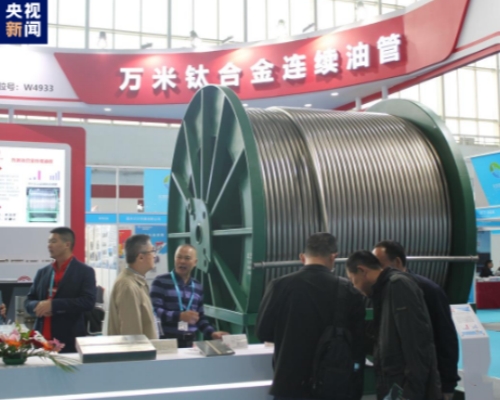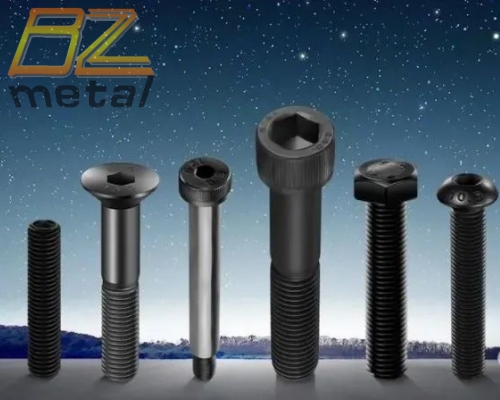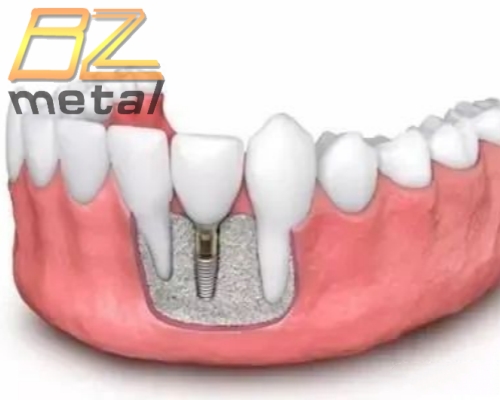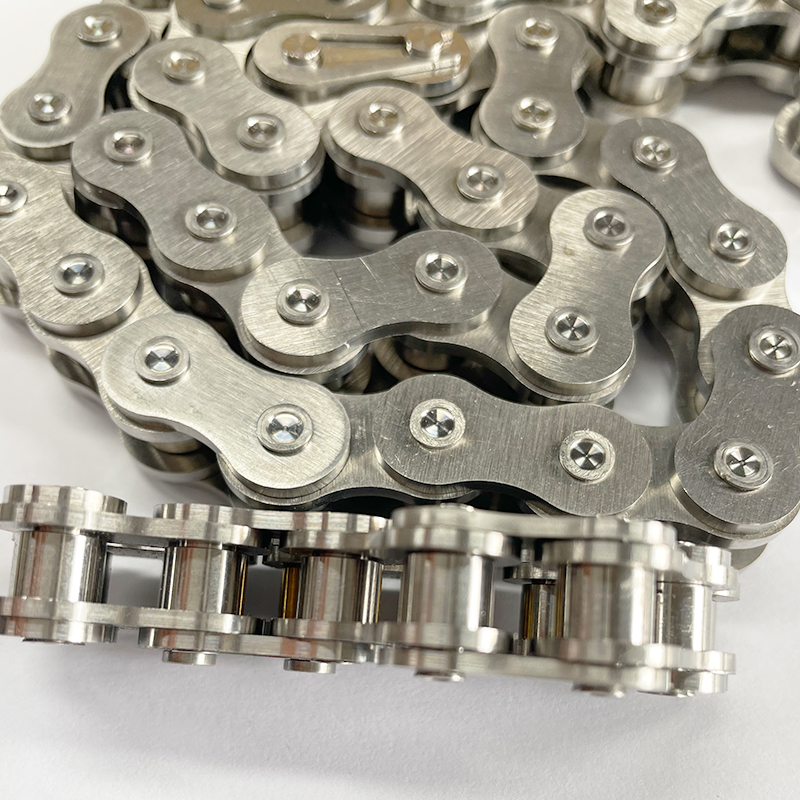The Nominal Composition Of A Typical High Temperature Titanium Alloy
The Nominal Composition Of A Typical High Temperature Titanium Alloy
The improvement of aero-engine performance is inextricably linked to the collaborative application of new high-temperature #titanium alloys and advanced structural design. Since the 1990s, our country has accelerated the research process of new high-temperature titanium alloy materials, and has carried out the development of new materials such as 550℃ high-temperature titanium alloy, 600℃ high-temperature titanium alloy, flame-retardant titanium alloy, and Ti-Al intermetallic compound alloy.
In terms of high-temperature titanium alloys, the first generation of 550℃ high-temperature titanium alloys (TA12) and 600℃ high-temperature titanium alloys (Ti60) containing rare earth Nd independently developed in China have excellent thermal strength properties, but due to insufficient research reserves in welding technology, and the tendency of rare earths to converge at the grain boundary of the weld area, it is easy to cause brittle fracture of the joint and other problems have not been effectively solved, and have not been applied in aviation engines.
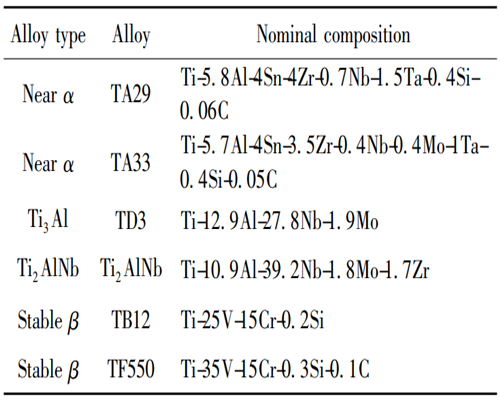
Based on the theory of electron concentration, while making appropriate use of α2 phase strengthening and silicide precipitation phase strengthening, Nb and Ta elements are added on the basis of Ti-Al-Sn-Zr-Mo-Si alloy system to further improve the effect of multi-element composite solid solution strengthening, and the second generation of 550℃ high temperature titanium alloy (TA32) and 600℃ high temperature titanium alloy (TA29, TA33) with good thermal strength, good forging and welding properties have been developed. High temperature titanium alloy (TA32) and 600℃ high temperature titanium alloy (TA29, TA33) with good forging and welding properties. TA29 and TA33 titanium alloys have small differences in composition, and the differences in performance levels mainly depend on process control factors.
On the basis of the second-generation 600℃ high-temperature titanium alloy, by adding W element and increasing the content of Ta element, the 650℃ high-temperature titanium alloy (Ti65) has been further developed, so that the long-term use temperature of the solution-enhanced high-temperature titanium alloy is expected to break through the traditional 600℃ “thermal barrier” temperature. In terms of research on flame-retardant titanium alloys, two Ti-V-Cr flame-retardant titanium alloys with temperature resistance levels have been developed, namely TB12 flame-retardant titanium alloy (Ti40) for long-term use at 500℃ and TF550 flame-retardant titanium alloy for long-term use at 550℃. The research on the flame retardant properties and comprehensive mechanical properties of TB12 and TF550 titanium alloys shows that these two alloys have similar flame retardant properties, and the difference in the content of element V mainly affects the thermal strength of the material. In terms of the research on Ti-Al intermetallic compound alloys, the research on (α2 + O + B2) three-phase Ti3Al alloy, O-phase-based Ti2AlNb alloy and γ-TiAl alloy has been comprehensively carried out. The long-term use temperature of Ti-Al intermetallic compound alloys reaches 650 ~ 800℃.

